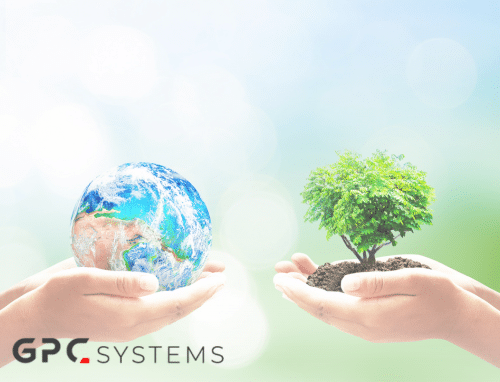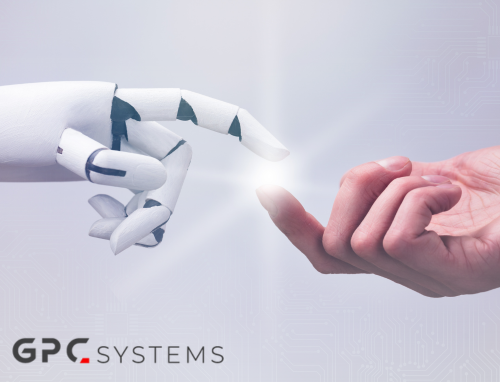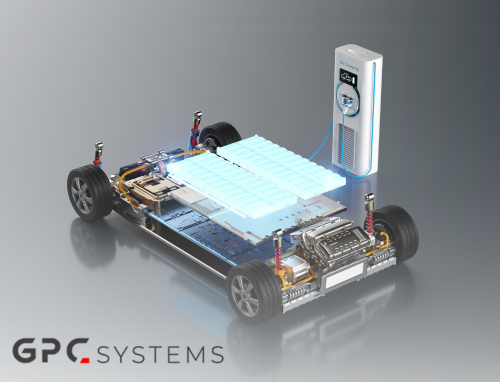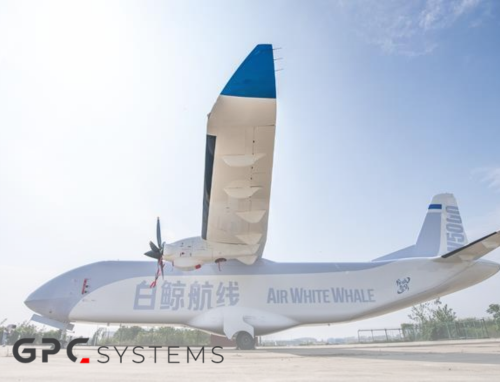
Green Revolution 2.0: The Important Role of AI in Saving the Environment
In the early days of industrialisation, the world was intoxicated by the allure of progress. Factories rose from the ground, spewing smoke and ash into the skies, while rivers once teeming with life were choked by waste. The environment was seen as an inexhaustible resource, to be exploited for the sake of economic growth. As cities expanded, the scars of human activity became increasingly visible: deforestation, loss of biodiversity, and the ominous rise in carbon emissions.
By the mid-20th century, the consequences of this unchecked development were impossible to ignore. London’s Great Smog of 1952, a toxic mix of smoke and fog, was a grim reminder of the price of progress. For five days, the city was enveloped in a murky haze, leading to thousands of deaths and respiratory illnesses. It was a wake-up call, not just for the UK, but for the world. Slowly, the seeds of environmental awareness were planted, growing into the environmental movement we know today.
However, as the years rolled on, new challenges emerged. The global population surged, and with it, the demand for food, water, and energy. This brought about a slew of environmental issues: climate change, deforestation, and pollution on an unprecedented scale. But amid the gloom, a beacon of hope began to shine—artificial intelligence (AI).
The Dawn of AI and Environmental Conservation
AI, once a concept confined to the realms of science fiction, began to emerge as a powerful tool in the fight against environmental degradation. Its ability to process vast amounts of data and make predictions transformed how we approached the conservation of our planet. One of the most significant examples of this is in climate modelling. Traditionally, predicting climate patterns was a laborious task, limited by the computational power and data available. But AI changed the game.
Using machine learning algorithms, scientists can now analyse complex datasets from satellites, weather stations, and even social media to predict climate changes with remarkable accuracy. IBM’s The Weather Company is at the forefront of this innovation, using AI to create hyper-local climate models that are crucial in preparing for extreme weather events caused by climate change.
Another notable example is Google, which has harnessed the power of AI through its DeepMind project to reduce energy consumption in data centres by optimising cooling systems. This initiative has led to a 40% reduction in energy use, significantly cutting the carbon footprint of these massive facilities.
Addressing Today’s Environmental Challenges
As we navigate the challenges of the 21st century, AI continues to evolve, offering innovative solutions to the most pressing environmental issues of our time. Climate change remains at the forefront of these challenges, alongside pollution, deforestation, and the sustainable management of resources.
- Renewable Energy
The transition to renewable energy is a critical step in combating climate change, but it comes with its own set of challenges. Wind and solar power, while essential, are inherently variable. AI is helping to overcome these challenges by improving the efficiency and reliability of renewable energy systems.
Siemens Gamesa, a leader in wind turbine manufacturing, integrates AI into their turbines to predict wind patterns and optimise energy output. Their smart turbines adjust blade angles in real-time, ensuring maximum efficiency even under variable wind conditions.
In the solar energy sector, Tesla (via SolarCity) uses AI algorithms in their solar panels and the Powerwall energy storage system to predict energy production and manage energy use efficiently. AI helps balance supply and demand on the power grid, reducing reliance on fossil fuels and paving the way for a sustainable energy future.
Moreover, companies like Autogrid provide AI-powered software that helps utilities manage distributed energy resources. Their platform predicts and balances energy loads across the grid, allowing for better integration of renewable energy sources and reducing overall carbon emissions. - Pollution Control
Pollution, particularly in urban areas, is a significant concern. AI-powered systems are now providing real-time monitoring and dynamic solutions to manage and reduce pollutants.In cities like London, air quality has been a persistent problem. BreezoMeter is a company that uses AI and big data analytics to provide real-time air quality data. This technology is used in smart cities to monitor pollution levels, enabling dynamic traffic management and the creation of low-emission zones. Siemens Mobility further enhances this with smart traffic solutions that use AI to manage traffic flow and reduce congestion, thereby lowering emissions from vehicles. Water pollution is another critical issue that AI is helping to address. Suez, a company specialising in water management, uses AI to monitor pollution levels in rivers and oceans. Their systems can detect anomalies in water quality, allowing for timely interventions to prevent contamination and protect marine life.
- Deforestation and Biodiversity Conservation
The rainforests of the Amazon, often referred to as the “lungs of the Earth,” have been under threat for decades. Illegal logging, driven by the demand for timber and agricultural land, has decimated vast tracts of this vital ecosystem. Traditional methods of monitoring these vast areas were inadequate, but with AI, we now have more effective tools at our disposal.
Planet, a company that operates a large fleet of Earth observation satellites, uses AI algorithms to process satellite imagery and detect changes in forest cover in real-time. This enables authorities to act swiftly against illegal activities and protect these critical ecosystems.
Beyond monitoring, AI is also playing a role in the restoration of these damaged ecosystems. Dendra Systems uses AI and drones to conduct large-scale reforestation projects. Their technology can plant trees with high precision, ensuring the survival of planted trees and the restoration of biodiversity.
In wildlife conservation, Wildlife Insights uses AI to analyse camera trap data for monitoring wildlife. By automatically identifying species and tracking their movements, AI helps conservationists protect endangered species and maintain biodiversity.
- Oceans and Marine Conservation
The health of our oceans is vital to the overall health of the planet. AI is playing a significant role in monitoring and protecting marine environments.
The Ocean Cleanup uses AI to guide its autonomous systems in collecting plastic waste from the ocean. Their technology predicts the movement of ocean currents and plastic debris, optimising cleanup operations and reducing the impact of marine pollution.
In the field of sustainable fishing, Blue Ocean Gear provides smart fishing equipment that uses AI to monitor and track fish populations. This helps to prevent overfishing and ensures that fishing practices are sustainable, preserving marine ecosystems for future generations.
- Smart Agriculture
Agriculture is both a driver of environmental change and a sector that is deeply affected by it. AI is revolutionising agriculture by enabling more sustainable and efficient practices.
John Deere has integrated AI into its farming equipment, offering precision agriculture solutions that optimise planting, fertilising, and harvesting. Their AI technology helps farmers reduce waste, conserve water, and increase crop yields, contributing to more sustainable food production.
Prospera, an ag-tech company, uses AI to analyse data from field sensors, satellite imagery, and weather forecasts to monitor crop health. Their systems predict issues before they become serious, reducing the need for pesticides and water, and promoting more sustainable agricultural practices.
The Future of AI and Environmental Stewardship
The examples above demonstrate how AI is already making a significant impact on environmental conservation. Looking ahead, the potential for AI to further revolutionise how we address environmental challenges is vast. Future developments may see AI being used for predictive maintenance of green infrastructure, real-time monitoring of global environmental health, and even in the development of synthetic organisms designed to clean up pollutants.
AI’s future role will likely expand beyond monitoring and optimisation to become an integral part of the decision-making process in environmental management. Governments, corporations, and individuals will increasingly rely on AI-driven insights to guide sustainable practices, reduce environmental footprints, and preserve the planet for future generations.
As we stand on the brink of a new era, the lessons of the past remind us that progress must not come at the expense of the environment. AI offers us the opportunity to correct the course of history, to use our technological prowess to heal the planet rather than harm it. The journey ahead is long, but with AI as our guide, we have a fighting chance to secure a sustainable future for generations to come.
Join us here at GPC weekly as we explore Ai and current trends.




